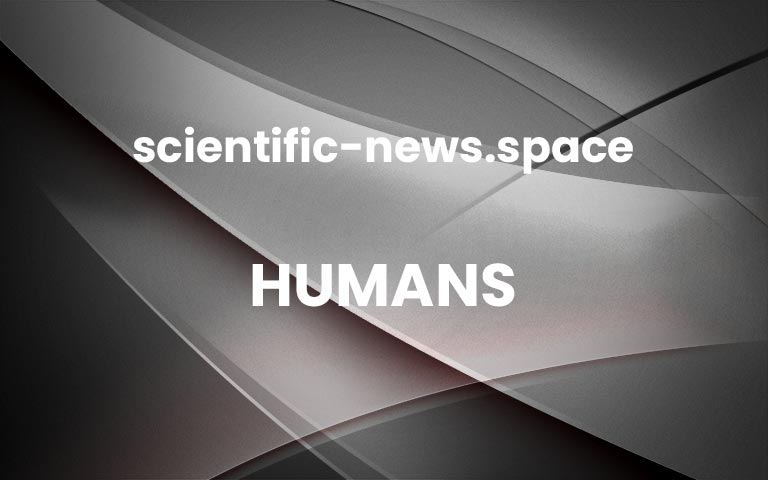From hydras to humans, this short book by two marine biologists explores the peculiar process of regeneration, showing that it is a far bigger subject than it might at first seem
Humans
30 March 2022
By Simon Ings
Is the regeneration of a forest after fire fundamentally the same as an animal regrowing a body part?KarenHBlack/Getty Images
What Is Regeneration?
Jane Maienschein and Kate MacCord
University of Chicago Press (out 6 April)Advertisement
SOME animals are able to grow an entire new body from tiny parts. Crabs and lobsters can regenerate lost tentacles and claws. Hydras and some worms can regrow their heads. We humans can replace our skin, hair, fingernails and even our liver.
Regeneration is such a peculiar ability that, even in science, it is surprisingly under-researched. As a result, there is much we still don’t know. What Is Regeneration? is a collaborative effort between Jane Maienschein and Kate MacCord, both at the Marine Biological Laboratory in Woods Hole, Massachusetts, to fill some of the gaps. Together, they explore why regeneration occurs when it does, why it doesn’t always happen and what the process can tell us about the grander mysteries of birth, death and development.
It turns out to be a seemingly simple phenomena that, on closer inspection, becomes far more complicated. For instance, are we thinking only about regeneration of structure, about regeneration of function or both? Is the regeneration of the gut flora in your intestines after a course of antibiotics or the regeneration of woodland after a forest fire at all similar to regrowing a body part?
To try to pin it down, the authors begin with a history of the study of the subject, starting with Aristotle and ending with Magdalena Zernicka-Goetz’s ongoing research on cellular signalling. Their account pivots on the work of Thomas Hunt Morgan (better known as a pioneer of chromosomal genetics) and, in particular, his 1901 book Regeneration. Morgan, more than anyone before or since, attempted to establish clear boundaries around the phenomenon, and the terminology he came up with remains useful.
He identified three kinds of regeneration. The first two are restorative regeneration, which occurs in response to injury, and physiological regeneration, which describes replacement, as when an elk moults its antlers and new ones grow in their place. The third, morphallaxis, refers to more extreme cases, such as when a hydra, cut into pieces, reorganises itself into a new hydra without going through the normal processes of cell division.
The key to this categorisation is that the mechanisms of regeneration aren’t, as the authors put it, “a special response to changing environmental conditions but, rather, an internal normal process of growth and development”.
So here is the problem: if the mechanisms of regeneration can’t be distinguished from those of growth and development, what is to stop everything ceaselessly regenerating? What dictates the process of regrowth and why does it happen only in some tissues, in some species and only some of the time?
Maienschein and MacCord argue that, to fully understand this, we need to see regeneration as a window into the world of biology in general, and the complex feedback loops that decide what grows, divides and dies, where and when.
Far from being an interesting curio, then, studying regeneration can tell us much about life in general, from a cellular level right up to the level of ecosystems, and inform everything from regenerative therapies using stem cells to ecosystem protection and recovery.
Seen through this lens, regeneration is a far bigger subject than it might at first seem, and Maienschein and MacCord take fewer than 200 pages to anatomise the complexities and ambiguities that their simple question throws up. It is to their credit that they mostly focus on the big picture and don’t make the biology any more complex than it needs to be.
More on these topics: More


